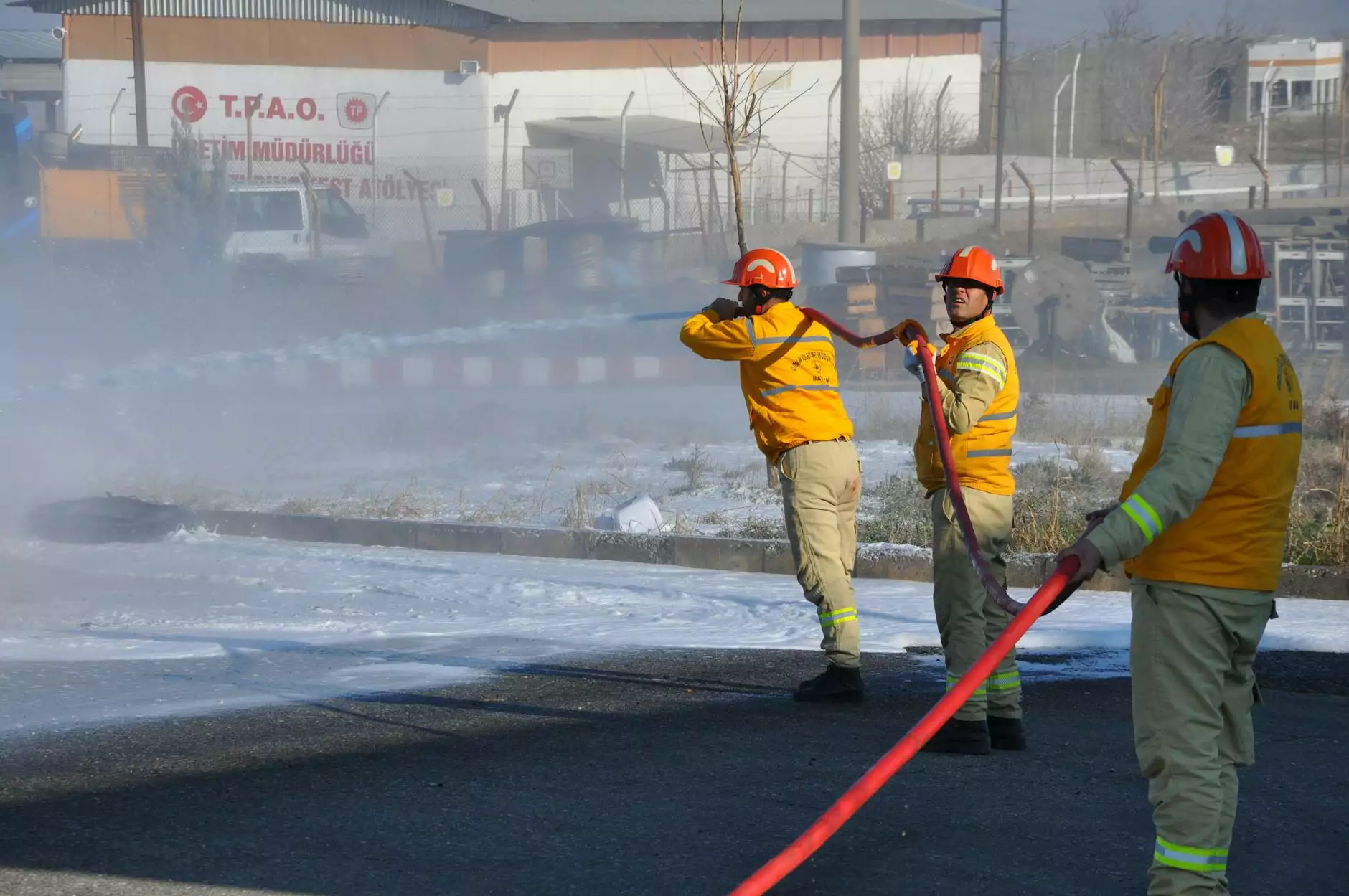Understanding Rotary Hose: The Backbone of Industrial Operations

In the modern industrial landscape, precision and durability are paramount. One critical component that facilitates these qualities is the rotary hose. This article delves deep into the functionalities, applications, and advantages of rotary hoses, providing insights that may enhance your business operations.
What is a Rotary Hose?
A rotary hose is a flexible tube, designed to convey fluids, primarily in drilling and pressure applications. It is a vital link between the rig's mud pumps and the rotating drill bit, ensuring efficient transmission of drilling mud, water, and other essential fluids at high pressures.
Composition of Rotary Hoses
Typically, rotary hoses are made of high-tensile strength rubber or thermoplastic materials that enhance durability and flexibility. Key components include:
- Inner Tube: This layer is resistant to abrasion and corrosion.
- Reinforcement: High-strength steel wires are woven around the inner tube to provide structural integrity.
- Outer Cover: The outer layer protects against external factors such as temperature variations and chemicals.
Applications of Rotary Hoses
The versatility of rotary hoses makes them invaluable in various industries. Here are some key applications:
1. Oil and Gas Industry
In the oil and gas sector, rotary hoses are essential for drilling operations. They transport drilling fluids that cool the drill bit, lubricate, and lift cuttings to the surface. This is crucial to maintaining well integrity and operational efficiency.
2. Mining Operations
Mining companies utilize rotary hoses to manage the flow of water and drilling mud during excavation. This application helps control dust, prevents erosion, and facilitates the drilling process.
3. Construction Sector
Construction businesses frequently use rotary hoses for various activities such as pile driving and soil stabilization. They convey cement slurry and other mixtures essential to creating robust structures.
Advantages of Using Rotary Hoses
Organizations benefiting from rotary hoses enjoy numerous advantages that enhance productivity and safety. Here are some of the most significant benefits:
1. Exceptional Durability
Rotary hoses are designed to endure extreme pressures and harsh conditions. Their robust construction allows them to withstand wear and tear, thereby reducing the frequency of replacements.
2. High Flexibility
The flexible nature of rotary hoses ensures they can navigate complex routes and tight spaces, maintaining the efficiency required in fast-paced industrial settings.
3. Increased Safety
Using quality rotary hoses minimizes the risk of leaks and spills, significantly enhancing workplace safety. Properly maintained hoses can prevent accidents related to high-pressure fluid failures.
4. Cost-Effectiveness
Investing in high-quality rotary hoses leads to long-term savings. While the initial cost might be higher than lower-quality options, the longevity and reduced maintenance needs ultimately save money over time.
Choosing the Right Rotary Hose
When selecting rotary hoses, consider the following factors to ensure you choose the right fit for your operations:
- Pressure Rating: Ensure the hose can handle the maximum pressure of your application.
- Temperature Range: Different materials withstand different temperature extremes; select accordingly.
- Length and Diameter: Customize based on your specific needs, taking into account the necessary reach and flow rate.
- Material Composition: Depending on the type of fluids being conveyed, select a hose with the appropriate chemical resistance.
Maintenance Tips for Rotary Hoses
To extend the lifecycle of your rotary hoses, regular maintenance is crucial. Here are some best practices:
1. Regular Inspection
Routine inspections can help identify any visible wear or damage. Look for signs of abrasion, cracking, or bulging.
2. Cleanliness Matters
After use, ensure hoses are cleaned thoroughly to prevent the build-up of debris or residues that can impair functionality.
3. Proper Storage
Store hoses in a cool, dry place, away from direct sunlight to avoid degradation of materials.
4. Replace Damaged Hoses Promptly
Never ignore damage—replace any hoses that show significant wear or failure signs to maintain safety and efficiency.
The Future of Rotary Hoses
The rotary hose industry is rapidly evolving with technological advancements. Innovations such as smart hoses equipped with sensors for monitoring pressure and temperature are emerging, enhancing performance and predictive maintenance capabilities.
1. Improved Material Technology
Future developments in materials may lead to hoses that are lighter, more flexible, and capable of withstanding even more extreme conditions.
2. Eco-Friendly Options
As industries strive for sustainability, the demand for eco-friendly materials in hose manufacturing is expected to rise. This will contribute to a reduced environmental footprint in industrial operations.
Conclusion
In summary, rotary hoses play an indispensable role in various industries, facilitating the efficient transmission of fluids under challenging conditions. By understanding their composition, applications, advantages, and proper maintenance, businesses can optimize their operations and ensure a safe working environment. For high-quality rotary hoses and fittings for sale, visit fitsch.cn.
Further Reading and Resources
- Explore our range of industrial fittings for sale
- Read our blog for tips and updates in the industrial sector
- Contact us for expert advice and support









